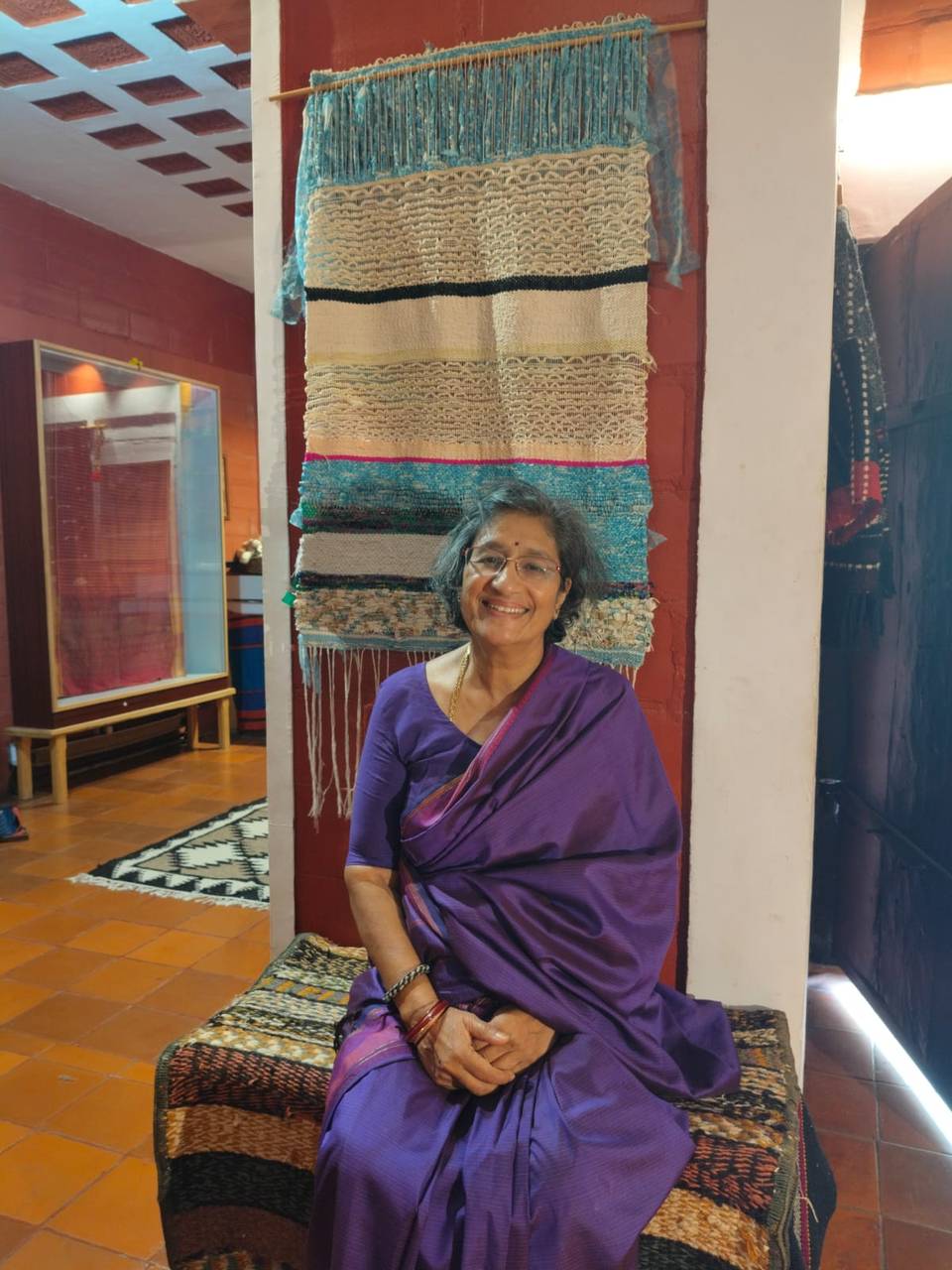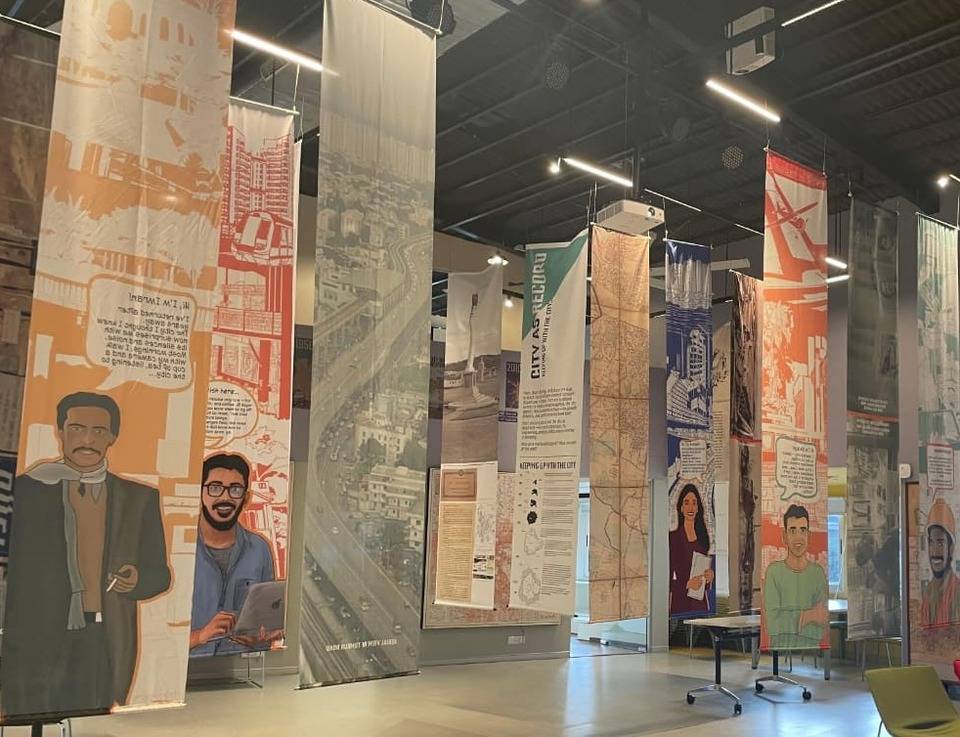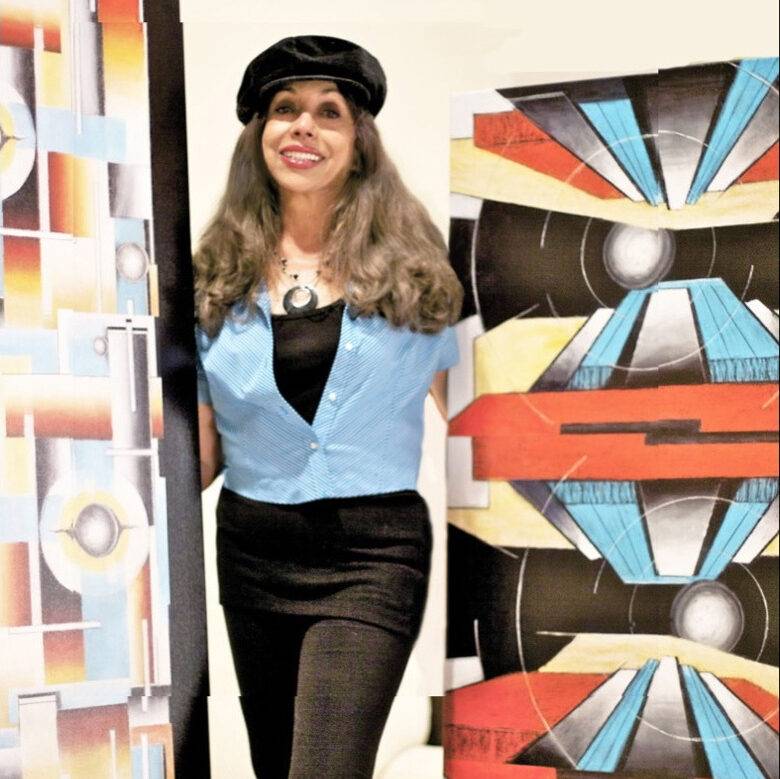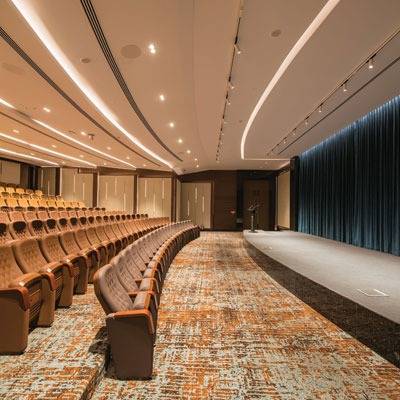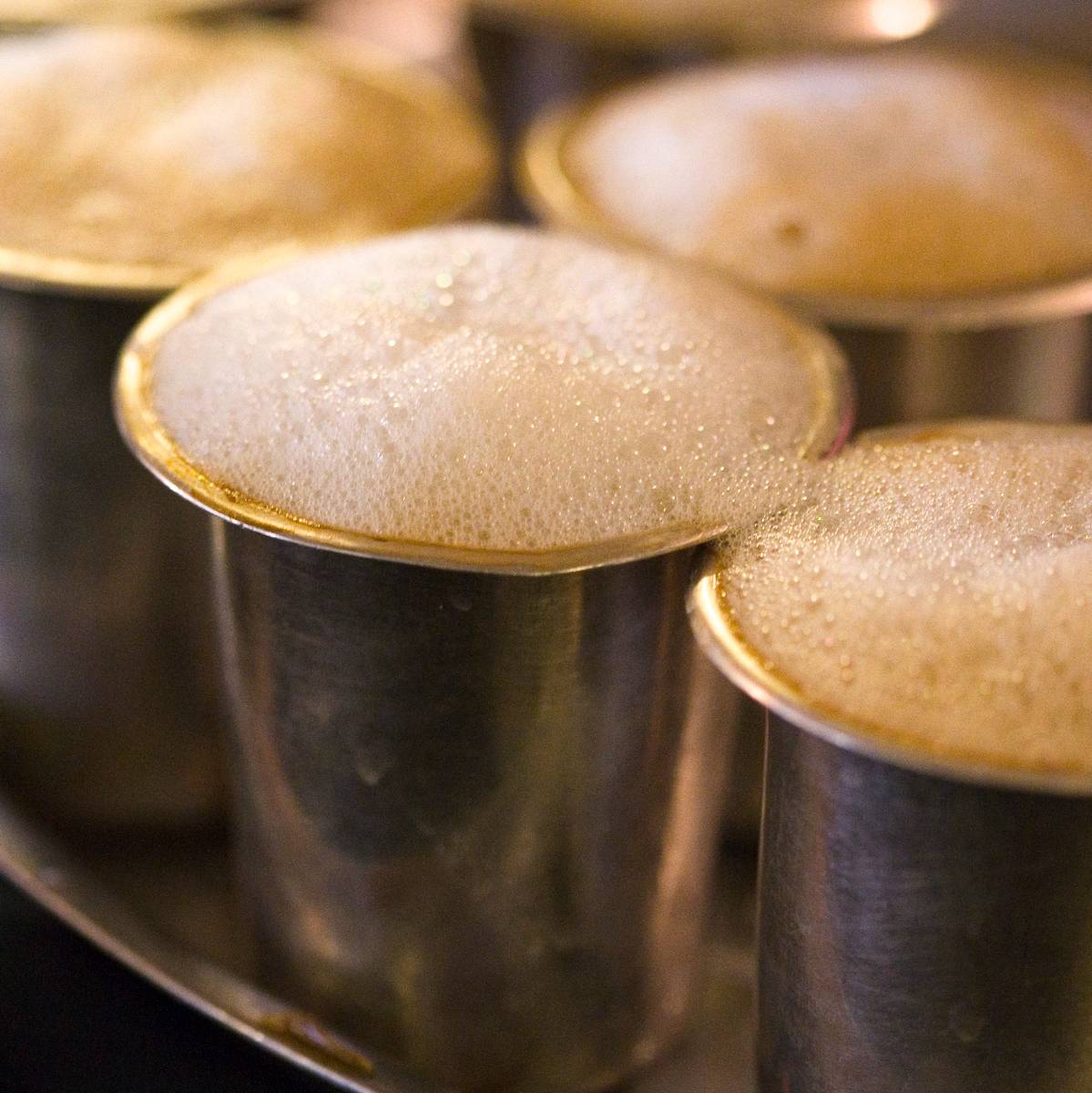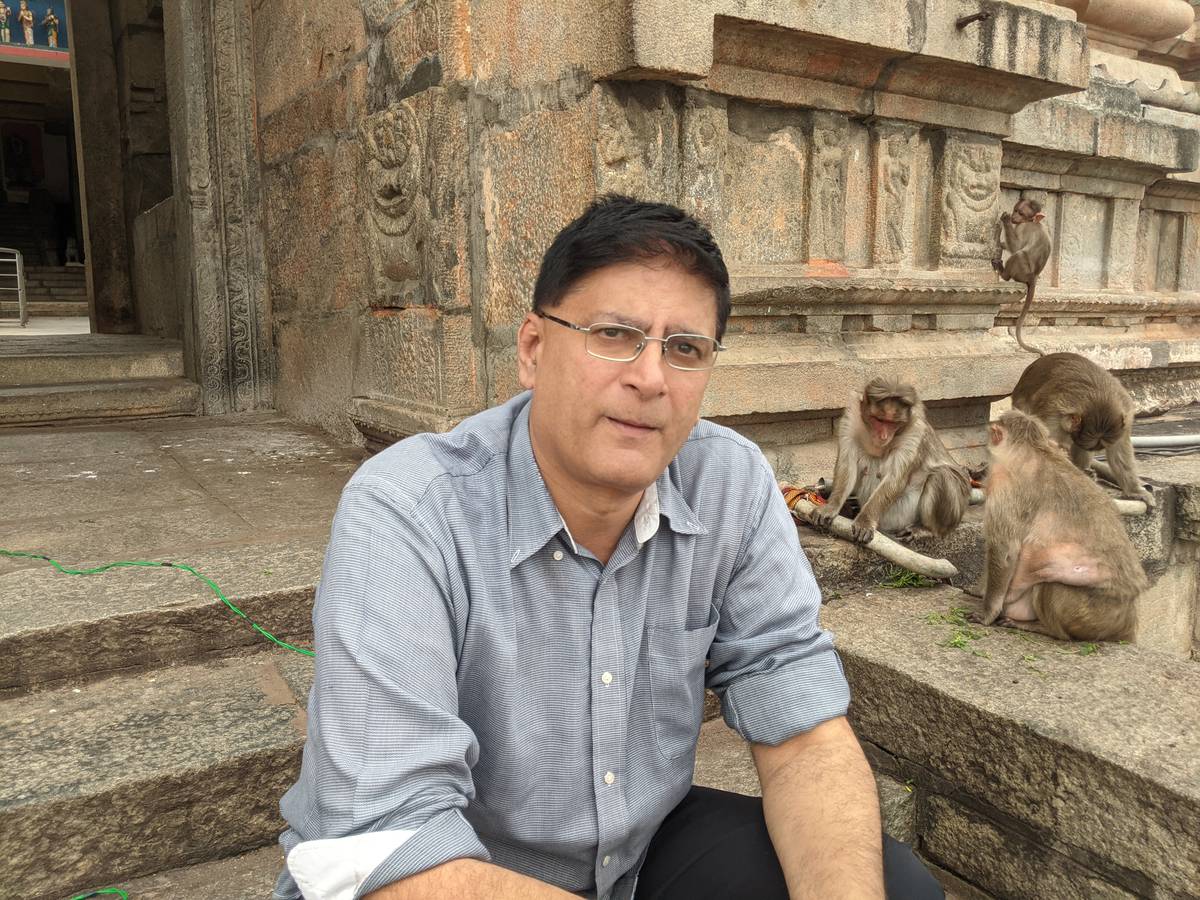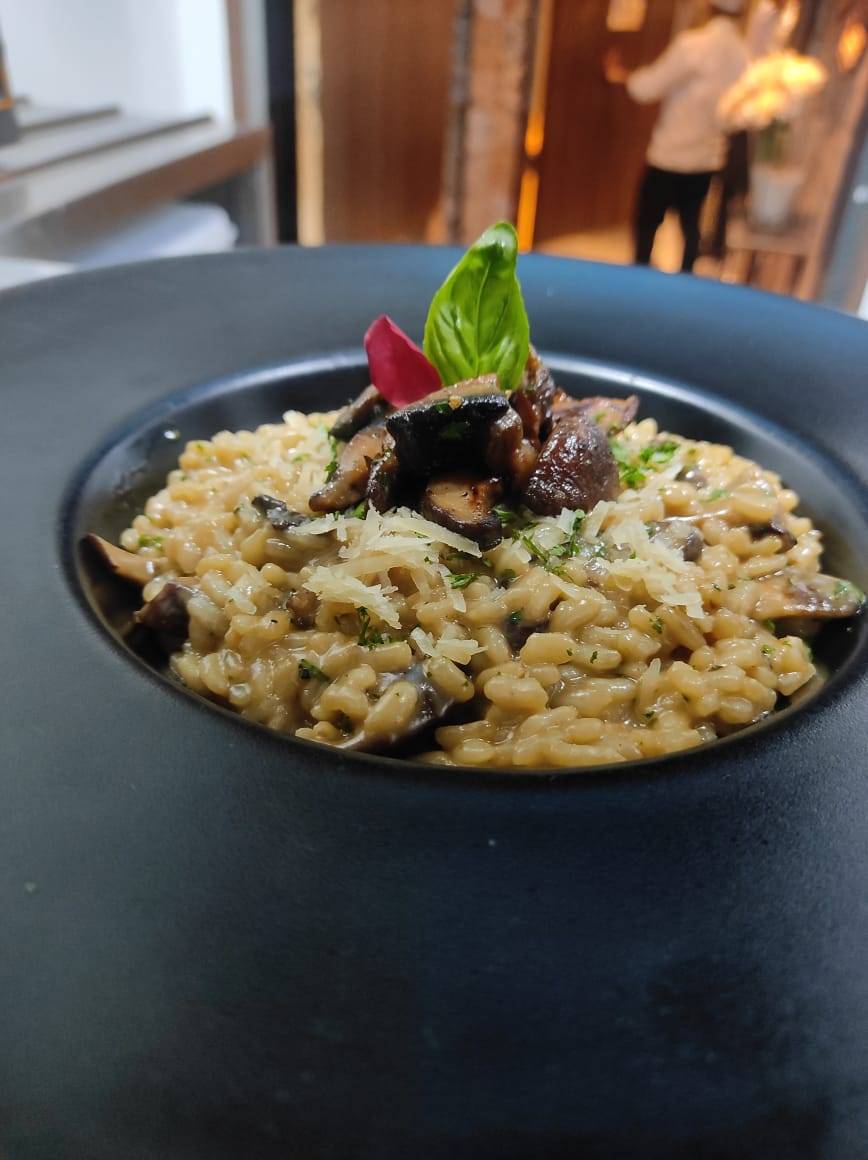How To Varq Out And Gain Weight In Culinary Style At Masala Klub
Oct 11, 2019, 12 16 | Updated: Oct 11, 2019, 12 16
All you hear amongst Bangalore’s A-listers lately is “Varq, Varq, Varq, Varq.” That’s not a desi singing a Rihanna song but the award winning restaurant from the Taj Mahal Hotel in New Delhi. “Culinary Trails by Taj” is their concept that allows different cities to get a taste of food from some of the best Taj hotels restaurants in the country - one that has brought the modern Indian experience to gourmands that throng the Masala Klub at the Taj West End.
Indian cuisine - otherwise renowned for the runny curry - doesn’t naturally make for sophisticated presentation on a plate, but Varq changes that. Across the marquee Taj hotels, Varq is a fixture; for example at the Taj Mahal Hotel in Delhi where, in fact, it’s an award winning restaurant.

What’s Varq? There was surprisingly little information on its etymology from the hotel’s press relations materials, leaving this writer to the mercy of Wikipedia (and - thank you - the Indian Express Delhi edition, writing about Mario and Theo Nicolaou, the UK-based twins who designed the Taj’s Delhi restaurant, reportedly to look like the opening of a tchotchke box with varq-ish gold leaf motifs on the ceiling).
Some know that Varq is the silver foil we find wrapped around sweets. We didn’t. But to be fair, who wants to fret about foil when there’s sweet to eat… but it’s good to know. We have reproduced some wiki information about the varq at the bottom of this piece but we think that naming an Indian restaurant (or a subset cuisine of Masala Klub), Varq is both clever and creative. And the promise of creativity is something that Taj has never had a problem fulfilling.
Somnath Mukherjee, the tony hotel’s General Manager said, “Varq has been instrumental in the evolution of traditional Indian recipes while catering to the contemporary palate of guests. As pioneers of the concept of ‘art on plate’, we look forward to celebrating Varq’s true expression of originality in Bangalore.”
With that being said, what can you look forward to eat during the festival? Prawns and Asparagus Curry from Calicut, Nadru Aur Anjeer Ke Khoftey which is, lotus stem and fig dumpling, and Kale Channe Ki Cappuccino which is, cappuccino style flavored black chickpea broth.
Desserts are Apple Kheer- golden apple stewed with reduced milk and nuts and Crispy Kalakand - blueberry stuffed oven baked kalakand. Their signature offering is Martabaan Ka Meat -a meat curry with red pickled chilies that is cooked in a ceramic jar.

About Varq
Varaka is mentioned in several ancient Sanskrit documents, particularly in Ayurvedic and medical literature. Varaka means cloth, cloak or a thing that covers something else. The word varaka is mentioned with swarna (gold), tara (silver) or rupera (silver) in these documents; the discussion is in three forms of these precious metals: patra (leaf), varaka (thin foil) and bhasma (ash). Ayurvedic documents consider silver as an antimicrobial astringent, while gold is claimed to be an aphrodisiac. This is not unique to Indian subcontinent; in Europe, edible gold (Aureum potabile) and silver were also claimed to have medicinal properties; later studies found that they can indeed be antibacterial owing to Oligodynamic effect. Vark, also called silver leaf and German paper is any leaf composed of pure metals, typically silver but sometimes gold, used on South Asian sweets. The silver is edible, though flavorless. Varak is made by pounding silver into sheets, a few micrometres (µm) thick, typically 0.2 µm-0.8 µm. The sheets are typically backed with paper for support; this paper is peeled away before use. It is fragile and breaks into smaller pieces if handled with direct skin contact. Those leaves in the 0.2 µm thickness tend to adhere to skin if handled directly (due to thickness close to inter-atomic distance). Vark sheets are laid or rolled over some South Asian sweets. Edible silver and gold foils on sweets, confectionery and desserts is not unique to the Indian subcontinent; other regions such as Japan and Europe have long used precious metal foils as food cover and as decoration, including specialty drinks such as Danziger Goldwasser. It is also commonly used in India as coating on dry fruits (such as almonds, cashews, and dates), and in sugar balls, betel nuts, cardamom and other spices. Cardamom-coated sweets are commonly present in the market.
Estimated consumption of Vark is 275 tons (according to BWC-Beauty without cruelty data) annually. Given strong Jain traditions, the Indian market for Vark has mostly converted to using the vegetarian process in the making of the silver foil.
Varq will be hosted at Masala Klub till 16 July, 2017.
At Taj West End.
